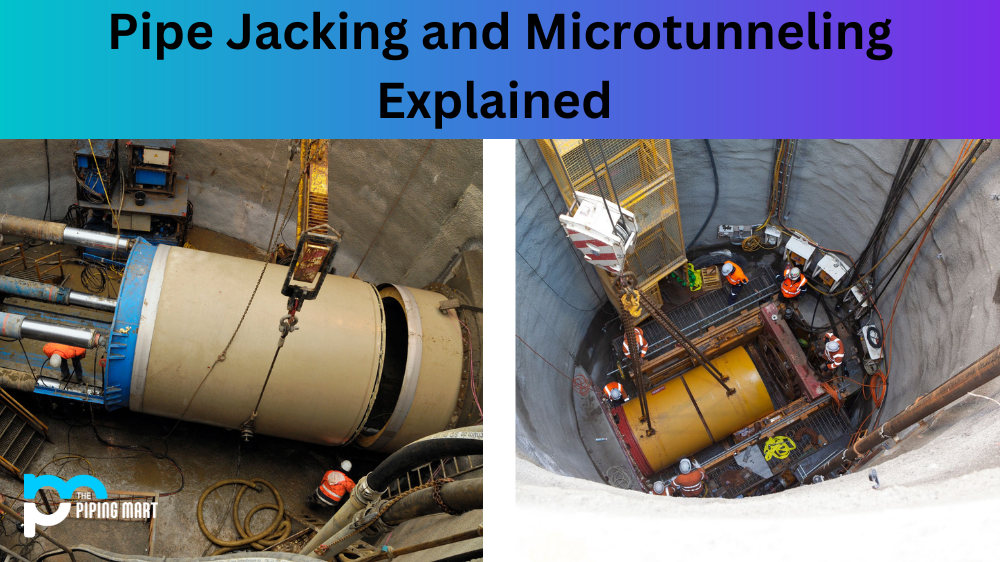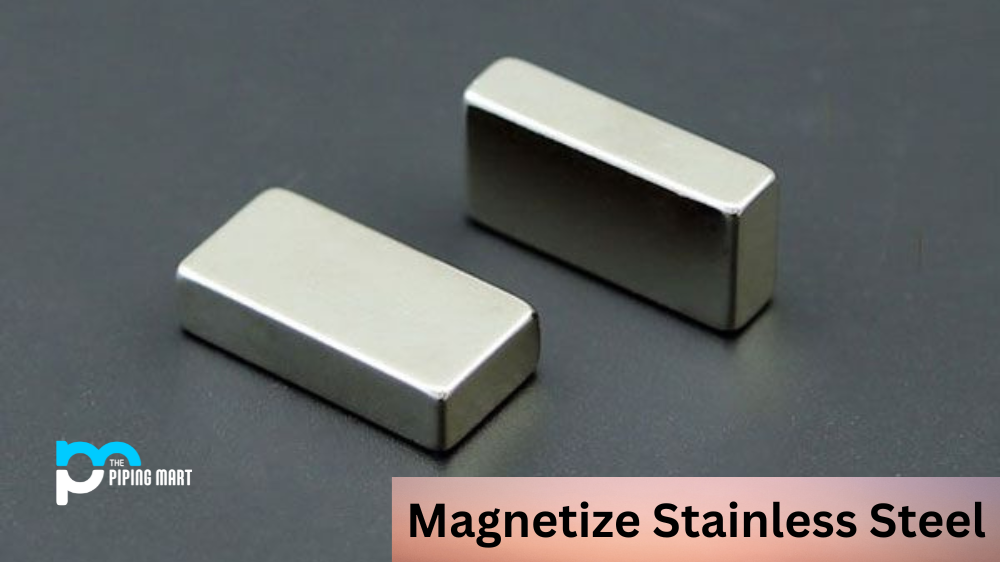When building underground utilities, there are several different techniques that can be used. Two of the most popular methods are pipe jacking and microtunneling. Both of these techniques involve using specialized pieces of equipment to dig tunnels underground, but there are some major differences that set them apart from one another. Let’s take a closer look at each technique and explore how they work.
Pipe Jacking
Pipe jacking is a method of tunnel construction where a series of jacks are used to push pre-cast concrete segments through the ground to form a tunnel. This process is ideal for shallow depths, typically up to 25 feet. The key advantage of pipe jacking is that it allows for relatively fast installation compared to other methods. However, this method requires access points on both ends of the tunnel as well as regular maintenance throughout its lifetime.
Microtunneling
Microtunneling is similar to pipe jacking in that it uses a series of pipes to create an underground tunnel; however, the pipes are much smaller in diameter than those used in pipe jacking (typically 4-12 inches). This method is usually used when constructing deeper tunnels (up to 200 feet or more) and doesn’t require access points on both ends like pipe jacking does. Instead, micro tunneling only needs one access point as the machine works from one end of the tunnel to the other. This makes it ideal for situations where there may not be enough room for two access points or where access points on either side would be too difficult or expensive to construct.
Pipe Jacking vs Microtunneling
Advantages
Pipe Jacking
One advantage of pipe jacking is that it can be used in areas with high water tables or other groundwater conditions that would make traditional trenching difficult or impossible. Additionally, pipe jacking can be used to install pipes beneath existing infrastructure, such as roads or railways, without causing disruption to traffic or other activities above ground.
Microtunneling
One advantage of microtunneling is that it can be used to install pipes beneath obstacles that would make traditional trenching difficult or impossible. Additionally, microtunneling can be used to construct longer tunnels than pipe jacking, making it ideal for projects that require long stretches of underground utility piping.
Disadvantages
Pipe Jacking
One disadvantage of pipe jacking is that it is typically slower than traditional trenching methods. Additionally, pipe jacking can be more expensive than traditional methods due to the specialized equipment required for the process.
Microtunneling
One disadvantage of microtunneling is that it requires the use of highly specialized equipment, which can be expensive to purchase or rent. Additionally, microtunneling can be disruptive to activities above ground, as it requires the construction of a small pilot hole
Conclusion:
As you can see, there are some major differences between pipe jacking and micro tunneling when it comes to constructing underground tunnels. Each method has its own advantages and disadvantages, so it’s important to consider your project’s specific requirements before deciding which technique is best suited for your needs. With this knowledge in hand, you will be able to ensure your project gets done right!

Pipingmart is a B2B portal that specializes in metal, industrial and piping items. Additionally, we share the latest information and information about materials, products and various types of grades to assist businesses that are involved in this business.




